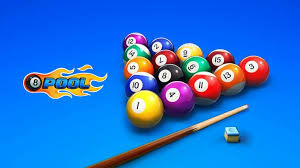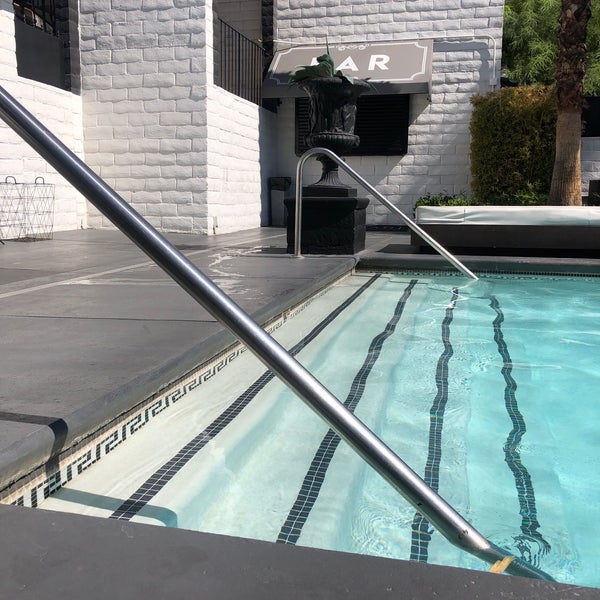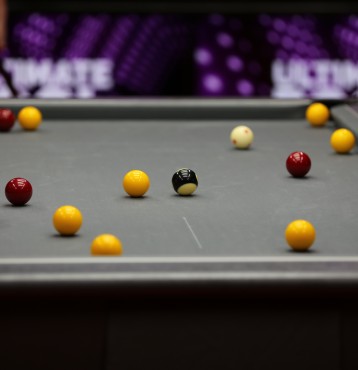
There are many options for making snooker cues. Some are more heavy than others, and others are lighter. Maple and Ash both make great snooker cues. Maple has its drawbacks and should be avoided. These woods have varying degrees of whippyness and stiffness, so it's important to be careful when choosing your cue.
Materials used in snooker cues
Ash cues have clear grain patterns, including chevrons and arrows. It can be challenging to bend straight as the graining of ash cues is often uneven. You should choose carefully your cue to avoid potential problems.
Ash cues are traditionally made from English ash, which has become less common due to felling laws. Recently, American ash has been in high demand. It is straight grain. English ash cues tend to be darker, heavier, and more visible chevrons. Maples such as Acer sacrum are also available, but they tend to be more expensive. Maple timber is fully kiln-dried, and then seasoned for at a minimum of 12 months.
Rolled and bound the exact same
Ash is a dense and lightweight wood, which is ideal for making a cue in snooker. It's not as costly as the luxury snooker cues. It also has a little flexibility which makes spinning the ball much easier. It also has a lower deflection than other woods.

Maple and Ash are the traditional timbers used for cue shafts. Maple and Ash both offer high levels of rigidity as well as playability. Some models are equipped with brass or polymer ferrules.
Responsive to wear-and-tear
It is essential to care for your snooker cues. They need to be stored properly, out of direct sunlight and moisture. To prevent warping and damage, they should be stored on a cue board. It is important to protect them against chemicals and sandpaper.
You can increase their weight to keep them in tip-top condition. Selecting a cue must weigh no less than 17 ounces is advisable. Anything lighter than that will put strain on your arm. A cue that is too light can cause your arm to be accelerated.
Added weight at the butt
A proper balance is achieved by the weight of the butt on your snooker cue. Many cues are made from ash, but some are made from maple. Some cues can be decorated while others are more plain and basic.
The shaft is made up of a butt which is a heavy piece lower than the shaft and attached by a bolt. The shaft is a smaller, narrower piece. These two pieces are connected at the butt where a male and female screw go through. Cue joints are made from wood, brass, or plastic. The most common are brass-to-brass joints.

Rolling the same and bouncing
One of the most sought-after types of snooker is the ash Billiard cue. Ash snooker cues are usually between 18 and 20 ounces. This is much lighter that the larger billiard ball. While most snooker cues can be made of ash (mostly), there are also cues made out of maple.
Ash snooker cues are also less expensive than other materials. The price you pay for them will be based on the wholesale cost. As a result, it's easy to find a cue with a good price.